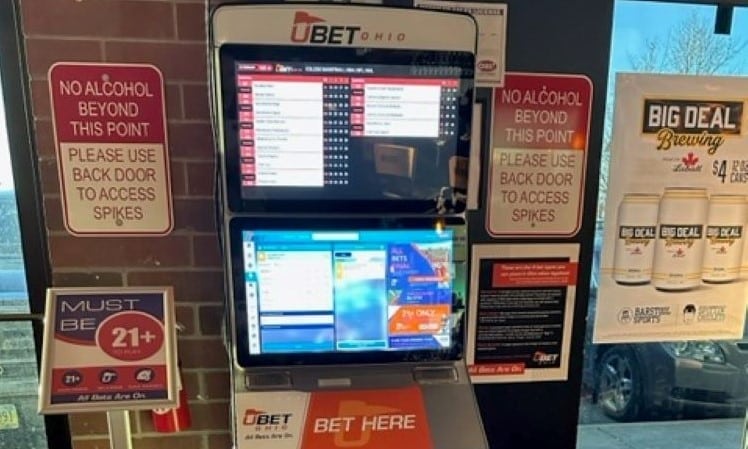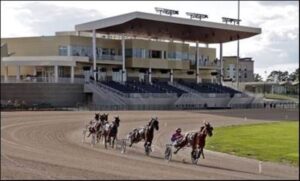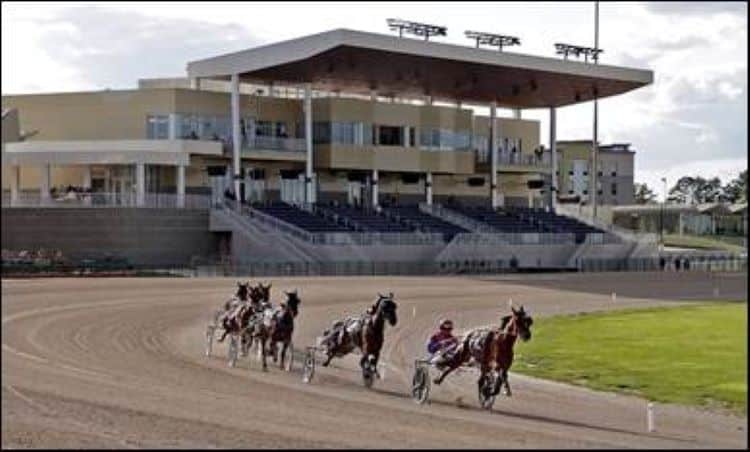Andy Westmeyer wasn’t sure what to expect in the way of Ohioans’ appetite for legal barroom sports betting when the state opened play Jan. 1 for his UBetOhio and other proprietors providing kiosks.
After all, no large state had previously embraced the concept of widely letting customers place sports bets on machines in taverns, restaurants, bowling alleys, and other licensed establishments with liquor licenses.
“Going in we didn’t know what the handle would be — no one did,” said Westmeyer, the UBetOhio CEO. “There wasn’t really anything as a model to compare it to.”
Westmeyer told OH Bets that he and several longtime Toledo friends who formed Green Bear Gaming Development — the official business name for UBetOhio — were intrigued by the idea of the new industry. He’s a full-time practicing dentist, but he had some experience as a gaming entrepreneur as former co-owner of a Las Vegas slots parlor with a Green Bear partner, Jack Lenavitt, who previously owned horse tracks, including Toledo’s former Raceway Park.
Ohio’s new sports betting law created an opening for companies that would be licensed by the Ohio Lottery to provide betting kiosks installed in many hundreds of host locations around the state, as an alternative to the mobile betting and retail sportsbooks regulated by the Ohio Casino Control Commission.
UBetOhio is licensed as one of the seven kiosk proprietors, five of which have installed machines in about 930 locations so far and combined for $1.8 million in betting handle and $178,186 in revenue in January and February. By comparison, the mobile and retails sportsbooks’ handle in January alone was $1.11 billion, with revenue of $208.9 million.
Westmeyer said he and his partners had an idea initially that the Type C kiosk betting could ultimately make up 10% of total betting in Ohio. It represented only about 1/100 of that percentage in January, but he noted that people are still getting used to the idea of the kiosk betting, there should eventually be two to three times as many locations as there are now, and the volume of mobile betting will ebb as the companies such as FanDuel and DraftKings won’t be combining for $320 million in promotional giveaways anymore like they did in the first month.
“This is the only state doing [sports betting] big in retail spaces outside of casino sportsbooks, and it’s a good thing for Ohio,” Westmeyer said. “It gives the small business owners of Ohio a piece of the pot, and the money from it is not going out to Las Vegas or Boston or wherever those big companies are based.”
UBetOhio’s kiosks much busier than others
Longtime Ohio Lottery vendor Intralot dominates the new industry, with its Sports Bet Ohio kiosks present in about 750 bars and other locations. Westmeyer said 40 UBetOhio machines are active at 38 host sites.
But something very interesting showed up in the Ohio Lottery’s report for use of the kiosks in February. The statewide average for the amount wagered in a machine during the month was $1,124. For UBetOhio, however, the average was $6,697.
That difference could be affected by competitors having kiosks active for only part of the month, or having two kiosks instead of one in many locations, but Westmeyer said additional aspects may be helping UBetOhio.
While Intralot has adapted its former lottery-only machines to present a player multiple options for traditional lottery play as well as sports betting, UBetOhio is using IGT’s PlaySports QuickBet kiosks designed specifically for sports betting. Similar to what are found in casinos, they constantly display an odds board screen rotating all of the major event options above the touch screen where the player does his betting.
In addition, Westmeyer said UBetOhio has focused on marketing its devices to high-traffic locations likely to see lots of betting activity, rather than wanting to place them in any business willing to take them. The company then invests in advertising the betting opportunity at the sites through signage, TVs dedicated to displaying odds in an additional location to the kiosk, and other marketing support for the hosts.
He said UBetOhio thus far is partnering with about 25 sports bars, one bowling alley, and a dozen more traditional bar/restaurants, with a goal of getting to 100 sites by Sept. 1 to take advantage of football’s betting popularity.
The parlays are preferred here, too
The lottery’s financial report for February showed UBetOhio with $17,467 in revenue from $207,617 in bets taken. The lottery gets 10% of the revenue as its share, Westmeyer said, while host locations receive between 10-15%.
While the maximum size of a kiosk wager is $700 — and no one in fact is supposed to bet more than that amount total in a week — Westmeyer said there are very few wagers of that size.
“Most bets are in the $20 to $50 range,” he said. “We’ve seen a lot of action on basketball. There’s been almost twice as much on college action as pro action — even pre-March Madness — because there’s so many more college games. We missed out, basically, on football, and we’re really looking forward to the start of football season because we know that’s going to be big.”
By regulation, the bar kiosk betting options are more limited than players will find on their phones or in a casino. For instance, a parlay may consist of no more than four events. Still, Westmeyer said the majority of bets are placed as parlays of some form — most commonly a two-teamer.
A lot of the betting is influenced by favoritism shown to home teams, with bar patrons watching a game on television having extra rooting interest as they watch. Westmeyer is an Ohio State University graduate himself who said he will always be rooting for the school’s teams, even if it might be costly for his company when they win.
In the end, he figures he’s entered a new industry that has a lot of potential, whether for his company with its current staff of eight, or for his host partners that are using betting to attract customers and keep them in their seats longer, or for the state overall with its more expansive approach to sports betting than comparable states.
“I would say I think it’s been working out great so far,” Westmeyer said on the phone. “We’ve had a great experience working together as a team, we’ve had a great response from hosts, and we think there’s a whole lot of room for growth.”
Photo courtesy of UBetOhio










